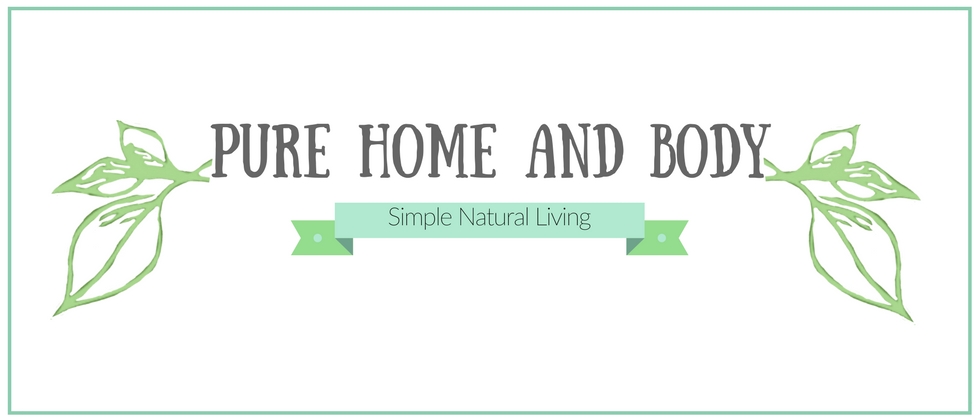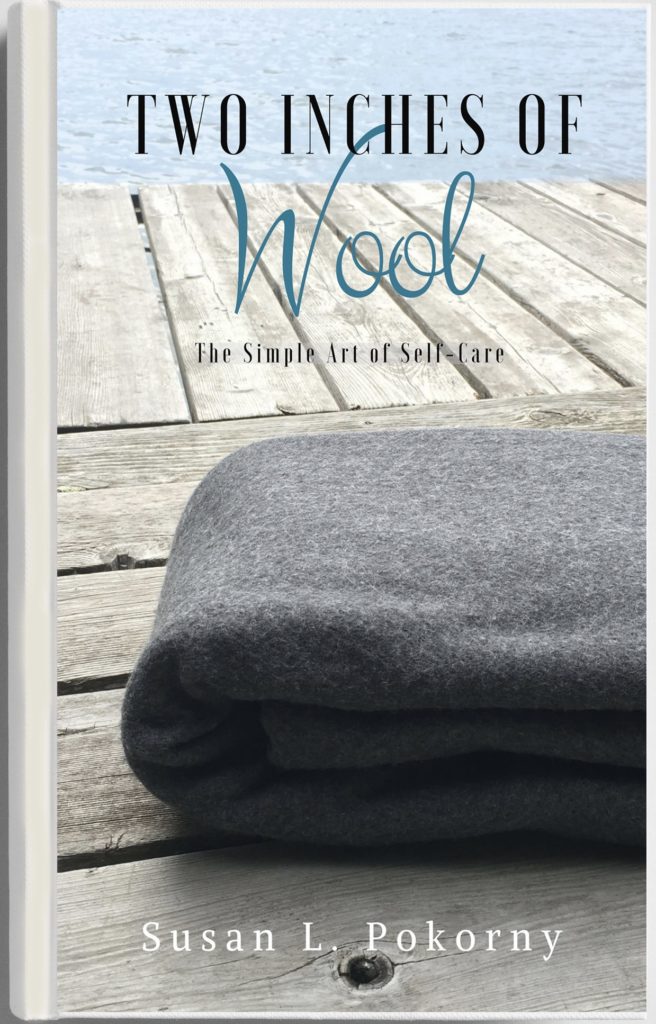 Sun exposure is a serious subject, and rightly so. Skin cancer is now the number 1 killing cancer in the U.S. It affects more people than all other cancers combined. The Skin Cancer Foundation estimates that 1 in 5 Americans will get skin cancer in their lifetime. Just one childhood or adolescent sunburn doubles your risk of getting melanoma later in life. Everyone agrees that we should limit our sun exposure and take measures to protect skin when out in the sun.
Sun exposure is a serious subject, and rightly so. Skin cancer is now the number 1 killing cancer in the U.S. It affects more people than all other cancers combined. The Skin Cancer Foundation estimates that 1 in 5 Americans will get skin cancer in their lifetime. Just one childhood or adolescent sunburn doubles your risk of getting melanoma later in life. Everyone agrees that we should limit our sun exposure and take measures to protect skin when out in the sun.
Are Sunscreens a double edge sword? Sunscreens have been under scrutiny lately for containing controversial ingredients. Surprisingly, the Skin Cancer Foundation claims there is no harm to these ingredients and you should continue to use them without concern. On the other hand, dermatologists, holistic practitioners and non-profits like Environmental Working Group caution against the use of certain chemicals used in sunscreens which I will cover later in this article. Sunscreens are classified by the FDA as a chemical solution and a DRUG that absorbs UV radiation before reaching the skin. Since most sunscreens are chemical cocktails they should be viewed as another source of toxin exposure. While it is difficult to completely avoid any chemical exposure, it is essential that you choose products that can protect your skin, including sun protective clothing, while limiting your exposure to harsh or controversial ingredients. Here is some research I’ve found so you can make more informed decisions for you and your family.
Technological Advances, blessing or a curse? There is speculation about when skin cancer was actually discovered, with some resources finding that a malignant melanoma was even discovered on an Egyptian mummy. The traditional medical community states that skin cancer rates are soaring simply because detection rates have improved. Historically, many cultures avoided the sun because light colored skin was more desirable than darker colored sun. Currently, skin cancer rates are highest in developing countries with speculation that it is related to increased sunscreen usage. Some of the ingredients in question include oxybenzone (also known as benzophenone-3) and retinyl palmitate. Those who defend the use of these chemicals cite studies, but these studies have only been performed on animals, not humans, so more research needs to be done. They also argue that these chemicals are safe to use in sunscreen because the amounts are so small.
The research I have found regarding these two ingredients is enough for me to avoid them altogether in my family. Given the FDA’s history of releasing chemicals as safe for use, only to have them banned later after finding them harmful (DDT, Parabens, BPA to name a few) I’d rather not have my children be the test market for new drugs, particularly if there are safe options to purchase or make yourself at home.
Oxybenzone (also known as benzophenone-3) is used in industrial processes to initiate chemical reactions. The MSDS lists it has having negative long term effects on reproductive systems.
Retinyl Palmitate – is Vitamin A. This additive is used in skin care products because of the potential it has to heal the skin. The problem with the chemically engineered retinyl palmitate is it reacts with sunlight – UVA rays, showing in research with animals that it accelerates the growth of skin cancer tumors. So it is safe and good for your skin, but maybe not if used in the sunlight – any volunteers for human studies with this chemical?
Nano-particles – including nano-zinc oxide. Nano or micronized particles are manufactured to be superfine and readily absorbed by the body. Marketers claim these micro-molecules can penetrate deeper into the skin healing tissues further than previous products. The problem is that the long term effects of delivering man-made chemicals deep into human cells is unknown. As with many man-made chemicals, I try to limit exposure with nano-particle chemicals because they are too new and the lasting effects are uncertain. If you are going to make your own sunscreen with zinc-oxide, make sure to use ingredients that are not nano-particles.
When you choose sunscreen for your family, do your research and make an informed decision. Sunscreens are loaded with chemicals that may or may not affect you in the long run. Read labels and know what you are putting into and on your body. Long term affects may be just a gamble , is it one you’re willing to take?
If you are looking to DIY, check out a recipe to make your own sunscreen with single ingredients that can protect your skin without chemicals plus therapeutic grade essential oils that nourish and heal your skin!













No comments yet.